Search
Remove Ads
Advertisement
Summary 
Loading AI-generated summary based on World History Encyclopedia articles ...
Search Results
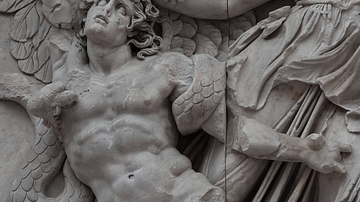
Image
Alkyoneus the Giant Killed by Athena
Detail from the Pergamon Altar's frieze (The frieze depicts the Gigantomachy); built in 2nd century BCE; Today in the Pergamon Museum in Berlin. The detail is part of a scene where Athena kills the giant by separating him from the Earth.

Video
The Untold Story: Nat Turner's Slave Rebellion 1831
Dive into history with "The Untold Story: Nat Turner's Slave Rebellion 1831." Discover the gripping account of Nat Turner's courageous uprising against oppression. Explore the challenges he faced, his quest for freedom, and the impact of...
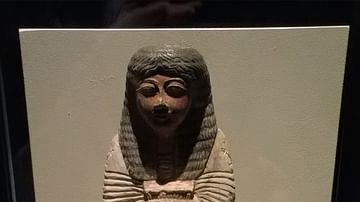
Article
The Five Gifts of Hathor: Gratitude in Ancient Egypt
The central cultural value of ancient Egypt was ma'at – harmony and balance – which maintained the order of the universe and the lives of the people. Keeping balance in one's life encouraged the same in one's family and, by extension outward...
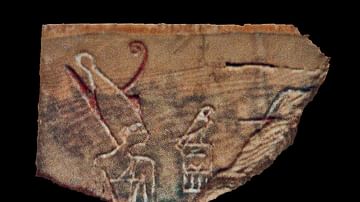
Article
The Five Great Kings of Egypt's Early Dynastic Period
Egypt's Early Dynastic Period (3150-2613 BCE) lay the foundation of what would become one of the most impressive civilizations of the ancient world. The kings of this era, except for Narmer and Djoser, are often overlooked but were responsible...
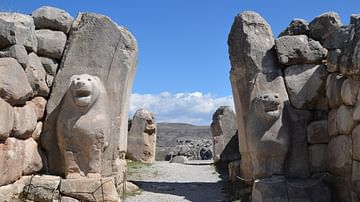
Article
Five Key Historical Sites of the Hittites
Although mentioned several times in the Biblical texts, the actual existence of the Hittites was largely forgotten until the late 19th century CE. With the discovery of Hattusa in 1834 CE, the city that was for many years the capital of the...
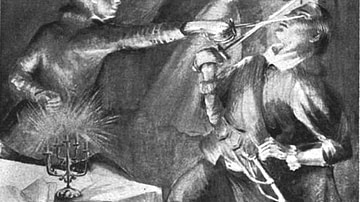
Image
Marlowe is Killed by Frizer
Illustration of Christopher Marlowe (1564-1593) being killed by Ingram Frizer, from the 1895 novel It Was Marlowe by W.G. Zeigler, illustrator unknown.
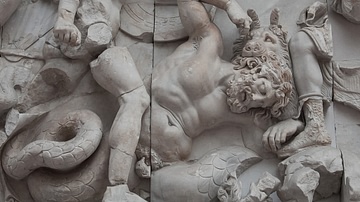
Image
The Giant Killed by Artemis
The giant is killed by Artemis' dog (Artemis' leg on right); Detail from the Pergamon Altar's frieze (The frieze depicts the Gigantomachy); built in 2nd century BCE; Today in the Pergamon Museum in Berlin.
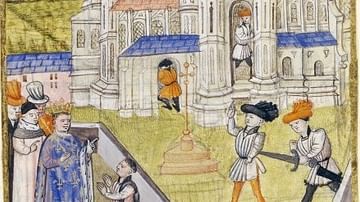
Image
Gundovald is Killed for His Treason
Gundovald Ballomer is killed for his treason, after being besieged by an army send by King Guntram I of Orléans (r. 561-592), illustration from a 15th-century manuscript by an unknown author.
National Library of France, Paris.
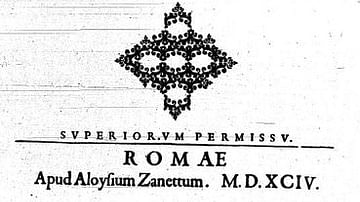
Image
Diogenes Laërtius: Lives and Opinions of Eminent Philosophers
Title page from 1594 edition of Diogenes Laërtius' "Lives and Opinions of Eminent Philosophers."
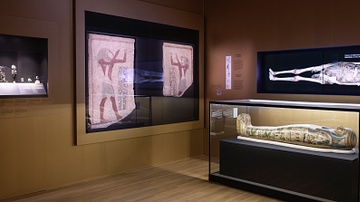
Image
Egyptian Mummies: Exploring Ancient Lives
Photo showing display cases and video screens at the exhibition Egyptian Mummies: Exploring Ancient Lives at the Montreal Museum of Fine Arts.